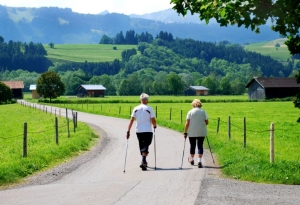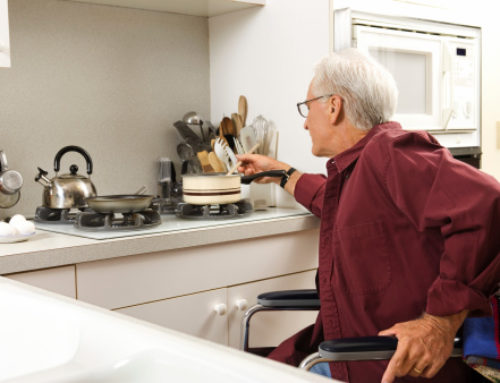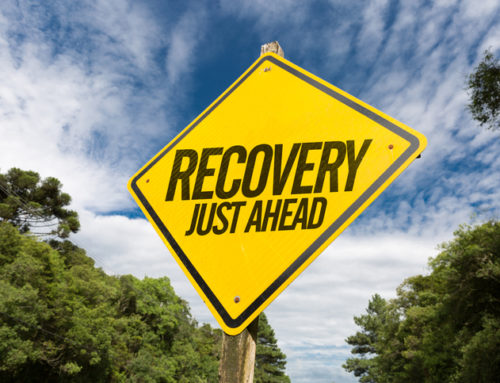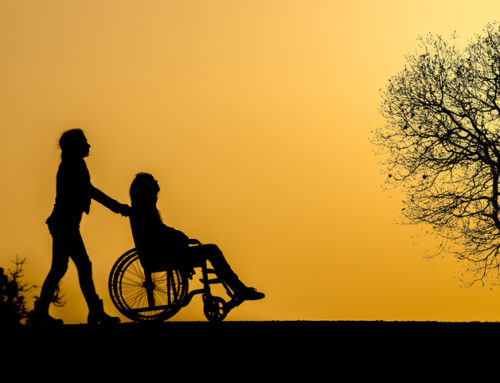Most stroke survivors are able to walk again after they suffer a stroke. Of course, your ability in this area will depend upon:
- Stroke severity
- Which part of the brain was affected
- How much your motor sensory nerves recover
- Medical history
The good news is that there is plenty of recent medical research that supports the idea that most stroke survivors can regain much of their mobility. However, the research indicates that people who have the most success practice walking several times per week. Your walking can be on a treadmill, in the neighborhood, with body weight support as needed, and assistance from therapists or loved ones. Of course, you should clear any new exercise regimen after your stroke with your medical professional.
Walking a great deal after a stroke can speed recovery.
The research indicates that high levels of repetitions are really important to enhance the recovery of the neural circuitry that was affected by your stroke. Repeating specific tasks, such as walking, after stroke has been proven to boost the growth of dendrites increase the strength of synapses and to generally increase neuron activity in the brains of stroke patients. These repetitions and practice in waling can result in major, long lasting improvements in motor performance.
Recent evidence suggests that there should be 1000-2000 steps for each therapy session, or 2000 steps each day at home. Two thousand steps is about how far most people need to take to walk one kilometer. With this level of practice, you should be able to produce major improvements in your walking ability over several months.
The research indicates that walking at a pace of 85% of your maximum heart rate often is needed to see marked improvement in walking ability. Another common target is to try to take 80 steps per minutes to see improvement in walking. This type of higher intensity walking may help to improve the connectivity of your synapses. Generally, you will see more significant improvements in walking when you are trying to train at higher speeds.
Results in this type of walking training are about the same no matter if you walk on a treadmill or on the ground. However, if you are early in your stroke recovery, you may wish to walk on a treadmill with bodyweight support. This way, you are able to walk safely while cutting down on the risk of falling. This also will ensure that you are walking fast enough to get to 85% of your maximum heart rate so that you can realize maximum benefits.
As you are working to increase your mobility after your stroke, you should remember that there are a variety of stroke mobility aids that can help your recovery. As you are walking faster and longer, you may want to carry the Wireless Personal Pager with you so can call for help in an emergency within needing to call out. Or, as you are walking around your house, you may want to consider the Posey Fall Management Non Slip Large Socks. This product is ideal to assist the stroke patient with walking around the home to ensure she does not fall.





